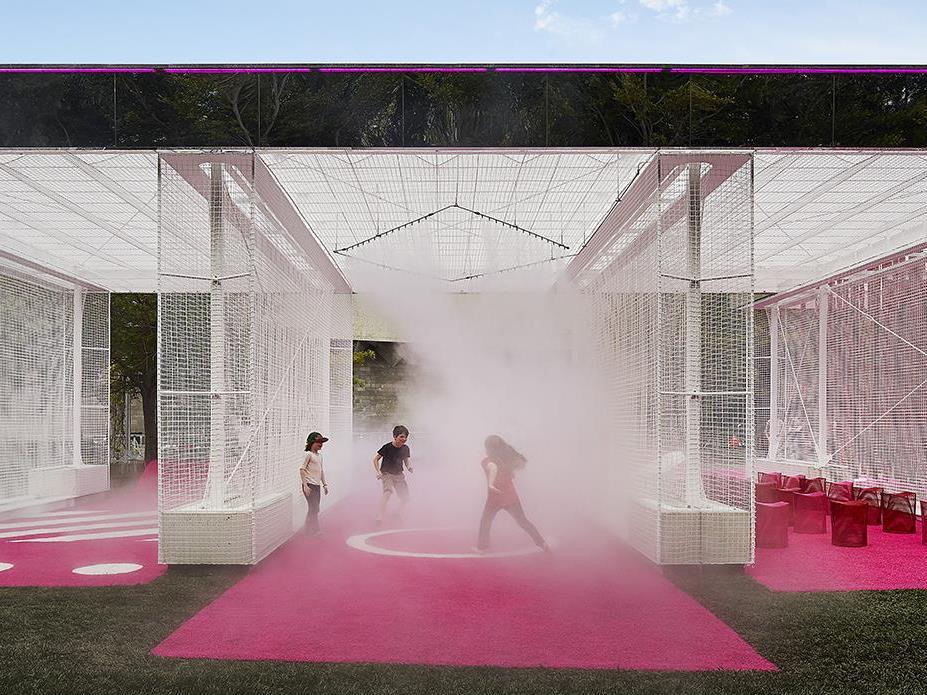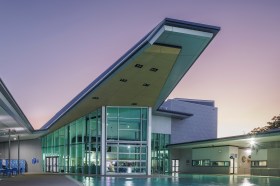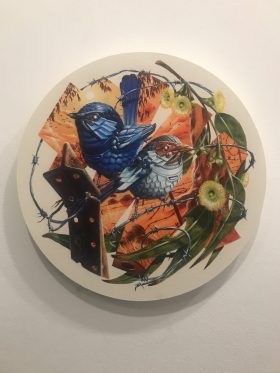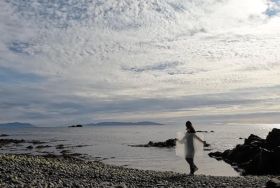NGV Architecture Commission by M@ STUDIO Architects, 2016. Photography: Peter Bennetts
What does design value? What do we value about design? These are the two provocations behind Melbourne Design Week, the inaugural city-wide event that will explore how design practice translates across all facets of our lives.
An initiative of the Victorian Government’s Creative State strategy, the newly reconstituted program – which actually runs for 10 days – will offer talks by leading designers, tours, workshops and industry events at NGV and partner venues throughout Melbourne.
From the chair we sit on to the buildings and cities we call home, design is everywhere we look and yet those of us who don’t practice as designers have little understanding of the ecology of the design sector and how it operates in Australia. Here are five lessons we should all learn by heart.
1. Design is not about objects
At its best, designers change the way we live, not just the objects we live with. It’s not naïve to suggest design as a solution to world problems.
Ewan McEoin, Senior Curator Department of Contemporary Design and Architecture at the National Gallery of Victoria describes design as ‘inherently an optimistic act’.
‘If we also look at the emergence of things such as migration, crises around water and food, and the fact that we now are an urban species with more human beings living in cities than ever before in the history of humanity – design is challenged to respond to these contexts,’ said McEoin.
Increasingly designers don’t just design objects for consumption. Many are actually designing material and processes to reduce waste and create more sustainable design for the future.
McEoin said design needs to be viewed in a historical, social and cultural context.
‘Each movement in design or each progression builds upon previous work whether it is technical, material, social, ecological, or even the discourse within the design sphere. It certainly moves in phases and evolves in different trajectories, but design is a multi-dimensional sphere it’s not one practice,’ said McEoin.
2. Sustainable design is not a new idea
Sustainable design is a 21st century catch cry but it is far from a 21st century concept. Indigenous cultures placed sustainability at the centre of their world view.
So, when western designers claim the language of sustainability as a modern response to problems such as global warming, population density and social isolation, those with a longer view can’t help looking askance.
‘This is not a new idea. It is not something that western people have come up with. It is not a western ideology,’ points out interior and furniture designer Nicole Monks.
‘Aboriginal people have been living this way of life in a holistic and integrated way for tens of thousands of years. So, when we hear about it as a ‘new idea’ that has really gained momentum in the last 10-20 years, really it is a bit silly.’
Monks believes it is time to recognise design as part of a continuum, which connects us with the wisdom of traditional cultures, recognising the pioneering thinking of Aboriginal culture in shaping the discourse of sustainability.
‘As designers, all of us have a responsibility to design with these things in mind. But the truth is Aboriginal people don’t just live with these principles in mind, they are a way of life and they have been living this way for thousands of years in this country.’
3. Design is not about aesthetics
The design week program shows beautiful things alongside important, game or life changing stuff, including how design can contribute to more sustainable cities that can benefit inhabitants.
‘The public only perceive a narrow band of what design and architecture is doing because of the way it is represented in magazines. The common interpretation is that it is an aesthetic or stylistic territory when in fact it is much, much broader,’ said McEoin.
The Design Week program includes events that showcase the breadth of the design sector, including designers who are reinterpreting the everyday chair, jewellery makers creating wearable design, and architects working to change the lives of communities living in high density apartments. Other Australian-designed inventions and innovations that have taken off across the globe are also being celebrated, such as the bionic ear, the polymer bank note and Wi-Fi.
4. Designers don’t set trends
Designers do not dictate culture, they respond meaningfully to it.
‘With any object or design output, you should be able to read something about the social and cultural and economic context in which it is created,’ said McEoin.
Even replicas and fakes say something about the world in which they are created, for example, Australia is one of the worst culprits when it comes to the manufacturing of replica furniture. While some would prefer to sit on the floor than purchase a knock-off, many go for the cheaper option which has serious consequences for independent Australian designers.
Replicas have become so ubiquitous that designers Dale Hardiman and Tom Skeehan, the duo behind the Friends & Associates project, asked other Australian designers to create work based on their opinion about replica furniture. The result, entitled 26 Original Fakes, is showing at the National Gallery of Victoria, as part of Melbourne Design Week.
‘These are objects that say things about the world and the place that we live in,’ said Hardiman. ‘It’s a very topical issue right now.’
Original Fakes asks for a response to an issue very close to the bone for Australian designers and will challenge consumers to see their perspective.
5. Design isn’t just for consumers
Research also shows that design can have a significant impact on businesses. Its implementation increases innovation, profitability and even productivity – all because design can refine processes and has the ability to improve employees’ well-being.
Melbourne Design Week’s Open State program, run in partnership with Open House, taps into the benefits of good design through tours of different businesses in Melbourne. In this way, the program showcases how design can benefit the way we work and change the fortunes of businesses.
One highlight of the Open State tours is the offices of Medibank in Melbourne’s Docklands precinct, now recognised as one of the healthiest workplaces in the world thanks to the work of HASSELL architects, who completely transformed what a workplace can look, and feel, like. HASSELL architects incorporated a edible garden and 26 different work settings for employees to choose from, adding value to the workspace.
Melbourne Design Week runs from 16-26 March 2017.
This ‘Inside Creative State’ Report is brought to you in partnership with Creative Victoria. Creative State is a Victorian Government strategy for growing Victoria’s creative industries across arts and culture, film and television, design, digital games and fashion. Melbourne Design Week is one of the strategy’s actions.





